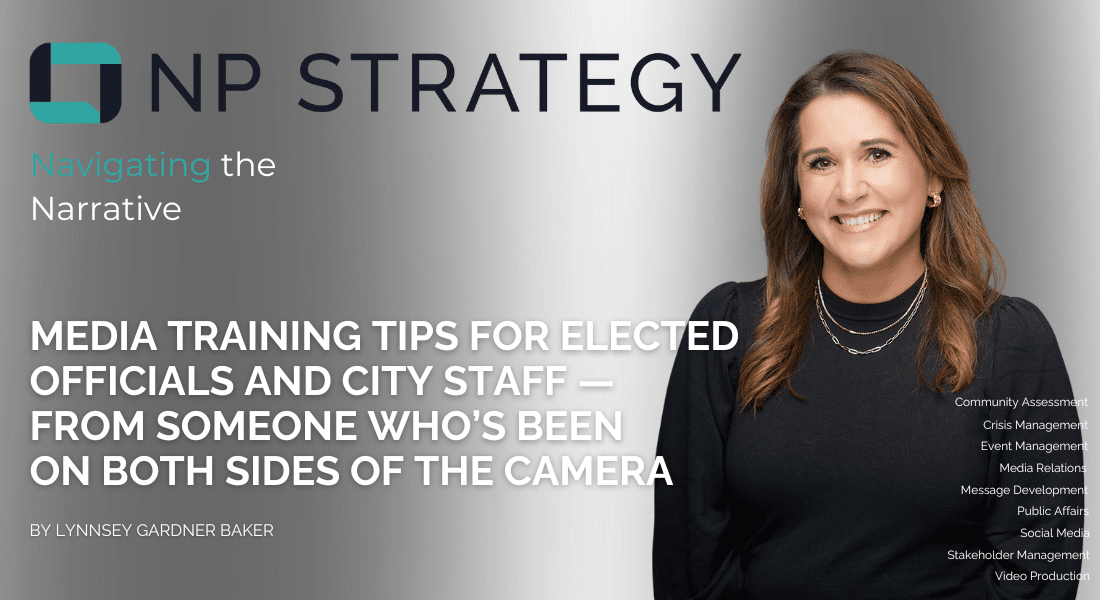
You know the phrase, “You catch more flies with honey than vinegar?” It’s a cliché for a reason—and one that applies perfectly to your relationship with the press.
After nearly two decades in journalism, government relations, and strategic communications—including more than 15 years as an investigative reporter and anchor, I’ve seen when media outreach is intentional and clear, it builds trust and minimizes misunderstanding.
Whether you’re an elected official or city staff member, understanding how to navigate media is essential. Here’s what you need to know to lead with clarity and confidence.
Be Available, Even When It’s Inconvenient
A story will run with or without your input. Written statements might feel safer, but they often become footnotes. If you want your message heard and understood, take the call. Show up. Being part of the story gives you more control — and builds public trust.
Look the Part
How you appear on camera affects how your message is received. Wear solid, bold colors — especially jewel tones. Avoid gray and busy patterns. Keep a media-ready outfit in your office for last-minute interviews.
Speak in Soundbites
You’ll get about 2–3 short quotes in a story, each lasting 4–7 seconds. Keep answers brief, clear, and conversational. Avoid jargon. If you fumble, it’s okay to pause and rephrase. Reporters will appreciate it.
Be the Expert, not the Bureaucrat
You were elected — or appointed — to lead. So lead in how you communicate. Speak plainly. Practice your message out loud a few times. Stand if possible — it helps project confidence.
Respect the Realities of Newsrooms
Today’s reporters are juggling tight deadlines and multiple platforms. Understand their workflow. Dayside reporters are the ones you’ll interact with most. They pitch stories in the morning and have only a few hours to gather interviews and content. Nightside reporters often get last-minute assignments like city meetings. If they call late in the day, they’re not being unprofessional — they’re doing their best.
When I worked in city government, I made it a point to give reporters access before meetings. That small effort often led to clearer, more accurate stories.
The Power of Partnership
When journalists and public officials work together, they can drive real change. As a reporter, I once investigated a HUD-subsidized property in Florida with help from local officials. The story triggered federal hearings, led to four new housing laws, and improved conditions for hundreds of families.
That’s what’s possible when the press and public servants align around accountability and transparency.
Ready to strengthen your media presence and build trust with your community? Click here to connect with one of our media experts today because when it comes to navigating media, a little honey goes a long way.
